
Tascha Shahriari-Parsa is a student at Harvard Law School.

Benjamin Sachs is the Kestnbaum Professor of Labor and Industry at Harvard Law School and a leading expert in the field of labor law and labor relations. Professor Sachs teaches courses in labor law, employment law, and law and social change, and his writing focuses on union organizing and unions in American politics. Prior to joining the Harvard faculty in 2008, Professor Sachs was the Joseph Goldstein Fellow at Yale Law School. From 2002-2006, he served as Assistant General Counsel of the Service Employees International Union (SEIU) in Washington, D.C. Professor Sachs graduated from Yale Law School in 1998, and served as a judicial law clerk to the Honorable Stephen Reinhardt of the United States Court of Appeals for the Ninth Circuit. His writing has appeared in the Harvard Law Review, the Yale Law Journal, the Columbia Law Review, the New York Times and elsewhere. Professor Sachs received the Yale Law School teaching award in 2007 and in 2013 received the Sacks-Freund Award for Teaching Excellence at Harvard Law School. He can be reached at bsachs@law.harvard.edu.
Last week, in West Virginia v. EPA, the Court concluded that the Environmental Protection Agency (EPA) exceeded its authority under the Clean Air Act when it sought to regulate carbon dioxide emissions through a cap-and-trade system.
Optionally, text can be bolded. In rare circumstances, text can be both bold and italic. West Virginia already has the damaging effect of severely limiting the EPA’s ability to “respond to the most pressing environmental challenge of our time.” But by crystalizing the “major questions doctrine” — which, as the Court construes it, is effectively a canon of deregulation — the case has implications reaching far beyond the EPA, including for labor agencies like the NLRB and DOL. It warns of a further aggrandizement of the Court’s power to frustrate efforts to modernize labor law.
The Clean Air Act and the CPP Unconstitutionality
First, a bit on the statute at issue in West Virginia. The EPA gets its authority from three different parts of the Clean Air Act. Two of these prescribe standards for certain specified pollutants, not including carbon dioxide. The third, Section 111’s New Source Performance Standards program, asks the EPA to regulate other causes of air pollution that “may be reasonably anticipated to endanger public health or welfare” — including sources that Congress may have not yet properly known about at the time of the Act’s passage. Under this section, the EPA must limit a pollutant’s emissions through what it determines is “the best system of emission reduction” after considering the costs and benefits of alternative systems.
Here comes an inline image.

An unordered list looks like this:
- Los Angeles Rams
- San Francisco 49ers
- Arizona Cardinals
- Seattle Seahawks — No matter what happens with the Rams, Cardinals, and 49ers, the Seahawks are going to finish last in this division. They have the worst quarterback room, arguably the worst offensive line, and arguably the worst defense.
In issuing its CPP rule, the EPA determined that “generation shifting” — where states would shift much of their energy production from fossil fuels to cleaner energy sources through, among other means, a market-based cap-and-trade system — was the best system for appropriately limiting carbon dioxide emissions.
While there are some exceptions — Arkansas has a relatively high minimum wage, Utah has a low poverty rate, Hawaii has a relatively low minimum wage until October 2022 and New York has a high poverty rate — the overall pattern holds. Importantly, no state with low union density has a combination of a family-sustaining minimum wage and guaranteed paid leave and no state with high union density has a combination of a low minimum wage and no guaranteed paid leave. Put simply, the presence of unions in a state correlates with low-wage workers being economically better able to care for themselves and their families.
| States with the lowest union density | Union density (2021) | Minimum wage (2022) | Paid sick or family leave | Above or below national average of population living below poverty line (11.2%) |
| South Carolina | 1.7 | $7.25 | N | Above (13.7%) |
| North Carolina | 2.6 | $7.25 | N | Above (13.2%) |
| Utah | 3.5 | $7.25 | N | Below (7.2%) |
| Tennessee | 3.8 | $7.25 | N | Above (12.8%) |
| Arkansas | 3.9 | $11.00 | N | Above (14.7%) |
| States with highest union density | Union density | Minimum wage | Paid sick or family leave | Above or below national average of population living below poverty line (11.2%) |
| Hawaii | 22.4 | $10.10 (on the way to $12 by October and $18 by 2028) | Y | Below (9.5%) |
| New York | 22.2 | $13.20-$15 (on the way to $15 across the state) | Y | Above (11.8%) |
| Washington | 19.0 | $14.49 | Y | Below (7.9%) |
| Oregon | 17.8 | $12.75 (going up to $13.50 on 7/1/22 and then indexed) | Y | Below (9.1%) |
| New Jersey | 16.2 | $13.00 (on the way to $15 by 2024) | Y | Below (7.6%) |
So, what do these statistics have to do with the Supreme Court’s decision last week to reverse Roe v. Wade? The Supreme Court’s decision in Dobbs v. Jackson Women’s Health Organization dramatically exacerbated another dividing line our country — access to abortion services. This cleavage in our nation runs along almost exactly the same fault line as the economic one. As shown in the expanded charts below, every one of the states with the lowest union density except for one (North Carolina) now also will ban or greatly restrict access to abortion and all of the states with the highest union density will continue to protect a women’s right to choose.
| States with the lowest union density | Union density | Minimum wage | Paid sick or family leave | Above or below national average of population living below poverty line (11.4%) | Abortion banned or significantly restricted |
| South Carolina | 1.7 | $7.25 | N | Above (14.2%) | Y |
| North Carolina | 2.6 | $7.25 | N | Above (13.2%) | N |
| Utah | 3.5 | $7.25 | N | Below (7.4%) | Y |
| Tennessee | 3.8 | $7.25 | N | Above (13.1%) | Y |
| Arkansas | 3.9 | $11.00 | N | Above (14.1%) | Y |
| States with highest union density | Union density | Minimum wage | Paid sick or family leave | Above or below national average of population living below poverty line (11.4%) | Abortion banned or significantly restricted |
| Hawaii | 22.4 | $10.10 (on the way to $12 by October and $18 by 2028) | Y | Below (9.7%) | N |
| New York | 22.2 | $13.20 – $15 (on the way to $15 across the state) | Y | Above (12.1%) | N |
| Washington | 19.0 | $14.49 | Y | Below (7.6%) | N |
| Oregon | 17.8 | $13.50 (on the way to $14.75 by 2023 and then indexed) | Y | Below (8.8%) | N |
| New Jersey | 16.2 | $13.00 (on the way to $15 by 2024) | Y | Below (10%) | N |
The confluence of these fault lines yields two important insights. The first is that it is clear that women in states with the lowest union density are likely to suffer the most in post-Roe America. This is because they will be denied access to abortion services in their own states and they are among the least likely to be able to travel to get abortion services where such services are still legal. They won’t be able to travel because they can’t afford the costs of travel or because they can’t afford to miss work since they are unlikely to have paid leave. That means that they will be more likely to bear children as a result of an unintended pregnancy. But they face tremendous challenges in having the resources to take leave from work to care for a newborn or to be able to raise a child. Thus, the overlap of these two dimensions will exacerbate the tragedy of poverty that already exists for these women and their children.
We must also be prepared for an author to choose to embed a tweet.
Naturally, some authors may want to embed a video. It looks like this:
Meanwhile, an ordered list looks like this:
- Greetings from Asbury Park, N.J.
- The Wild, the Innocent & the E Street Shuffle
- Born to Run
- Darkness on the Edge of Town
- The River
- Nebraska
- Born in the U.S.A.
- Live/1975–85 — The second-best-selling live album in U.S. history based on RIAA certification. It has been certified by the RIAA for 13x platinum, trailing only Garth Brooks' Double Live.[10] This figure reflects the RIAA practice of counting each disc in a multi-disc set as a separate unit sold; the actual number of copies sold is instead over 4 million. Based on sets sold, Live/1975–85 also trails several others including Eric Clapton's Unplugged (10 million) and Peter Frampton's Frampton Comes Alive! (8 million).
- Tunnel of Love
- Human Touch
- Lucky Town
In supporting its claim that there was sufficient evidence for a jury to find that the union authorized sabotage, the opinion wrote:
[T]he evidence is mutually reinforcing, each piece strengthening the inferences to be drawn from the other. Though no one piece of evidence is sufficient by itself, we must view the evidence in the aggregate … This evidence includes the Unions’ prior statements, the coordinated timing of the acts of sabotage, and subsequent actions that could be interpreted as obfuscation by the Unions. It is undisputed that, the night before multiple union-organized strikes were scheduled to begin, acts of sabotage simultaneously occurred at three Care One facilities. A jury could conclude that was not just a serendipitous coincidence. We realize, of course, that this may have been the result of coordination among various union members acting independently of the Unions. However, there is also evidence that, in advance of that sabotage, the Unions engaged in inflammatory rhetoric and encouraged labor organizers to ‘become angry about their working conditions’ … [and] to take on ‘greater and more militant levels of activity’ … [which] could certainly be interpreted as a call to engage in illegal acts rather than rely only upon the collective bargaining process.
The “Major Question Doctrine” Is A Tertiary Headline
The Court ruled that the CPP was an impermissible construction of the Clean Air Act, not because it deviated from the Act’s text, but because the EPA’s interpretation of the Act fell under the “major questions doctrine.” This means that where an agency action is economically or politically significant, and the agency action goes beyond the “history and breadth of the authority that the agency has asserted,” courts should presume that Congress would not have delegated such authority to the agency without express congressional authorization. “[A] merely plausible textual basis for the agency action” is insufficient, and deference to the agency’s interpretation is unwarranted.
Now here comes a horizontal rule.
In justifying that this case presented a “major question,” the majority cited the new rule’s deviation from the EPA’s own “established practice,” the fact that Congress had “considered and rejected” cap-and-trade systems since the enactment of the Clean Air Act, and the fact that the EPA’s interpretation would “empower[] it to substantially restructure the American energy market.” Thus, the majority inferred that what Congress meant by “the best system of emission reduction” in Section 111 was merely the employment of emission-reducing technology at the site-level, not generation shifting, even if the latter could be “described as a ‘system’” “[a]s a matter of definitional possibilities.”
The Canon of Deregulation Is A Quaternary Headline
In reaching its conclusion, the West Virginia majority wrote it “cannot ignore” that Congress “has consistently rejected proposals to amend the Clean Air Act” to regulate greenhouse gas emissions in a manner similar to the EPA’s CPP rule. But as the dissent points out, Congress also “failed to enact bills barring EPA from implementing the [CPP].” By suggesting that Congress’s failure to enact one kind of legislation (regulatory) has more bearing on the meaning of the Act than its failure to enact another kind of legislation (deregulatory), the majority concocts a canon of deregulation.
Insofar as the Court’s holding relies on the EPA’s settled practice of regulating through technological controls rather than generation shifting systems, it also converges to the same deregulatory outcome. In theory, any time an agency promulgates a new rule that doesn’t merely revert back to an old one, the agency action could be characterized as a deviation from “established practice.”
The Court claims that it is being faithful to legislative intent. Yet, Congress always has the power to overrule an agency’s, or the court’s, interpretation of a statute. The real task, therefore, is not to strike the appropriate balance of power between agencies and Congress, but rather, between agencies and the courts. It is a question of whose statutory interpretation should be the default: the agency’s regulation or the court’s deregulation? By retrenching judicial deference to agency decisions, the Court hatches a “canon of regulatory avoidance” — and that could be bad news for labor.
How West Virginia Could Make It Harder to Revitalize Labor Law
Most NLRB decisions and many DOL regulations cover the entire economy, and thus could plausibly be construed as “major.” Regulations like Executive Order 14026, which increased the minimum wage for federal contractors, could be challenged for “empower[ing] [the Department of Labor] to substantially restructure the American [labor] market . . . .” on the basis that federal contractors cover a large percentage of the country’s workforce. If the Board expands the scope of civil remedies available under the NLRA, the Court might cite Congress’s failure to pass civil remedies through legislation, along with the Board’s “established practice” of excluding such remedies, as reasons to override the Board’s interpretation. And even if Congress enacts labor law reform that gives the Board clear power through “capacious terms” with the intent of “enlarg[ing] agency discretion” — the same kind of power that Congress gave the EPA through the Clean Air Act — what will restrain the Court from refusing to allow the Board to exercise that expressly delegated authority?
We can hope that the Court does not read for itself such an expansive deregulatory power, and that it and the lower courts will develop principles to reign in the major questions doctrine. Namely, even the most novel and “extraordinary” changes in administrative labor policy might not be as “transformative” as the EPA’s efforts to overhaul energy production, and might not amount to an exercise of “unprecedented power over American industry.” But we should also prepare for the worst that West Virginia presages.
Meanwhile, West Virginia will likely leave most anti-labor policy under a Republican administration intact. Even if such policies transform the labor regime by eviscerating traditional labor regulations, they won’t trigger the doubt that Congress “intended to delegate a decision of such economic and political significance” to the agency, insofar as they diminish agencies’ regulatory authority over industry. In other words, there is only a canon of nondelegation — there is no canon of compulsory delegation. However, Republican labor policy isn’t always deregulatory. If labor agencies issue rules that significantly expand their authority over unions (such as under the LMRDA or Section 8(b) of the NLRA) or over employers (such as by enhancing employees’ Section 7 rights to not engage in concerted activity), then perhaps the Court will be tested to place limits on its doctrine.
As Justice Kagan points out in her West Virginia dissent, Congress “knew that without regulatory flexibility, changing circumstances and scientific developments would soon render the Clean Air Act obsolete.” Indeed, as the majority notes, the EPA avoided such obsoletion by “adopt[ing] what it called a ‘broader, forward-thinking approach to the design’ of Section 111 regulations” — as if this were a bad thing. If there was any question as to where the Court might stand on a “forward-thinking approach” to labor law, there is likely the answer. Obsoletion is the goal.
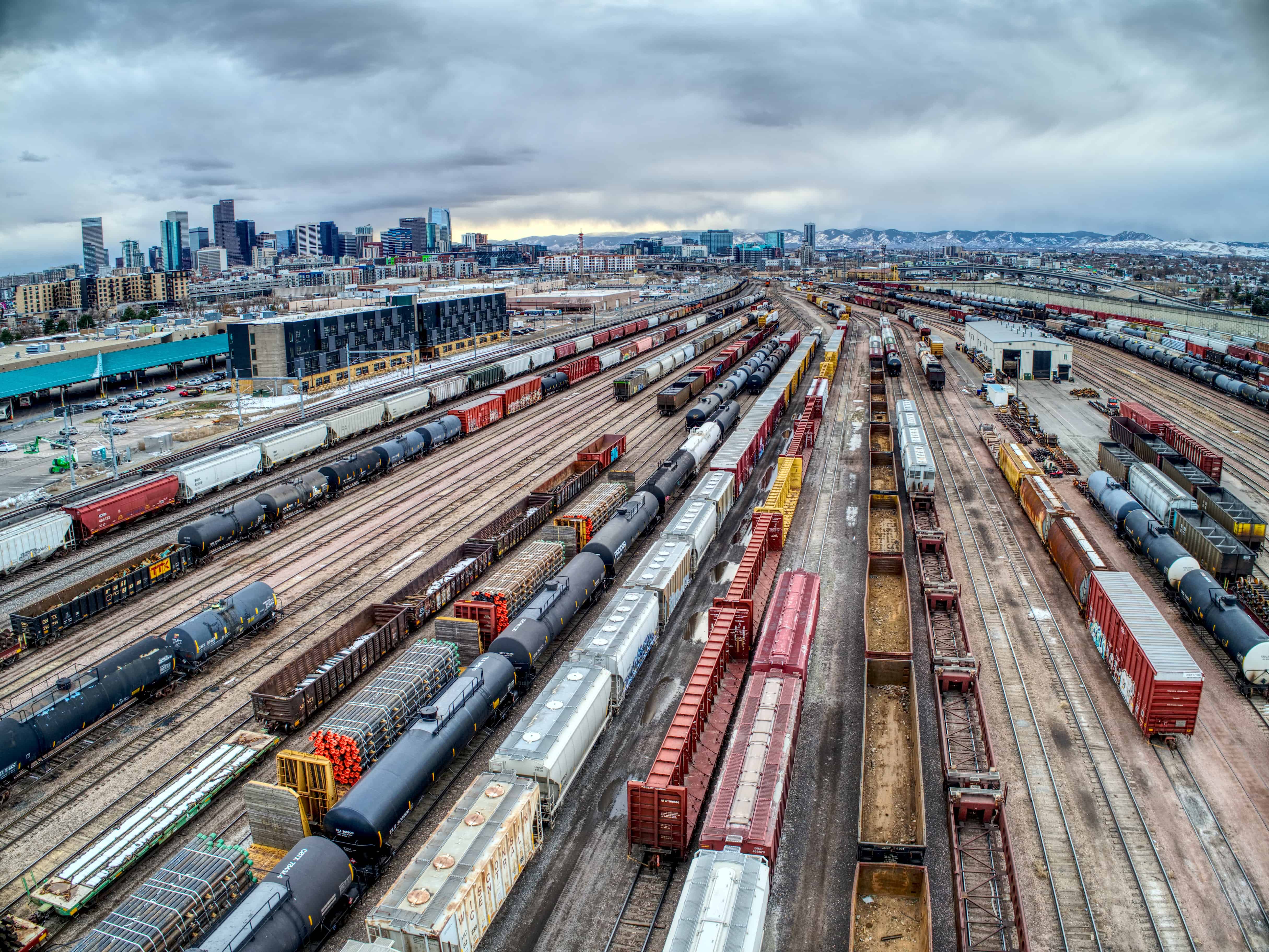
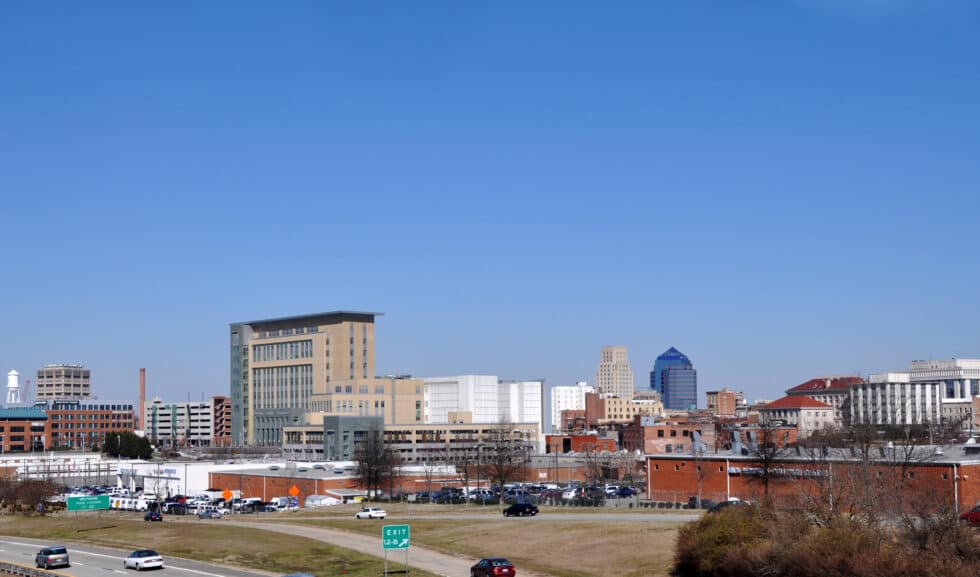

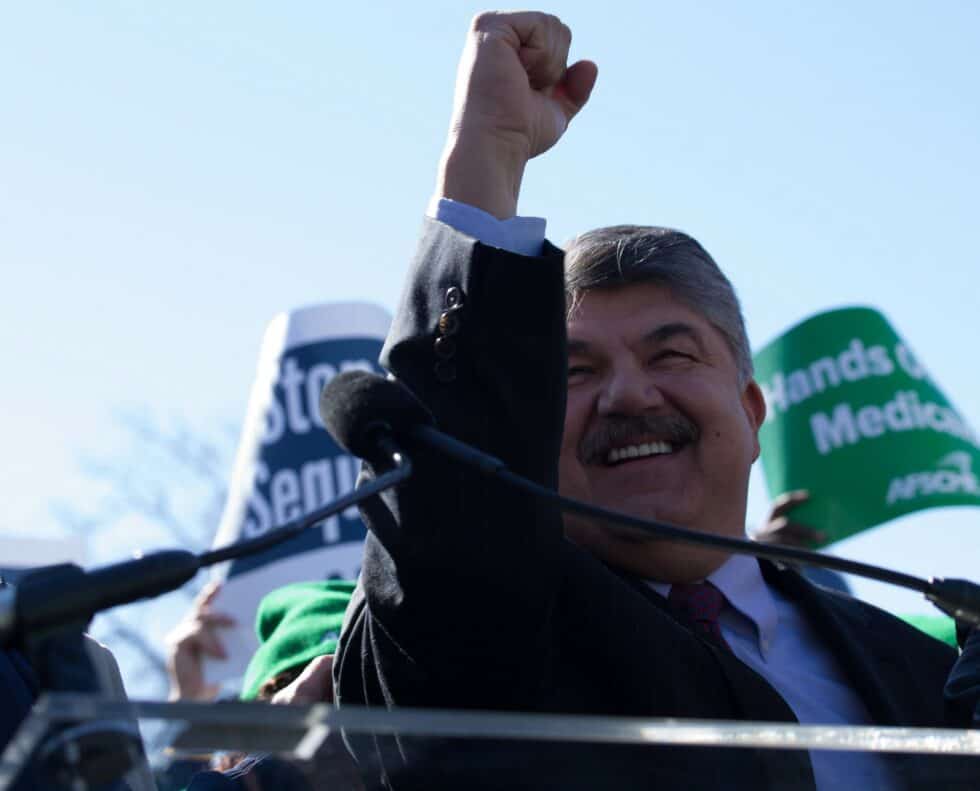



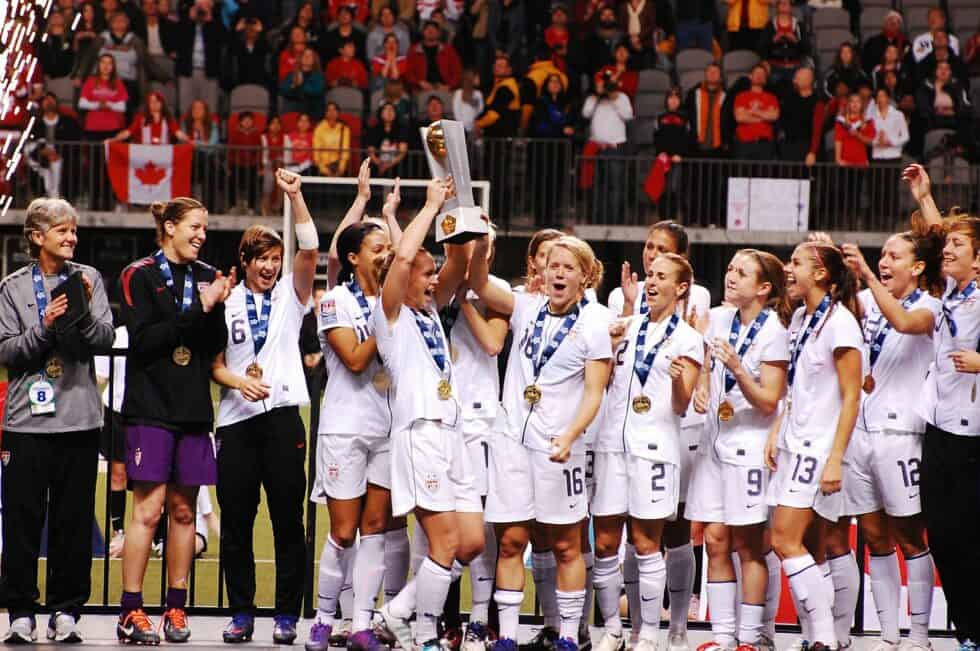
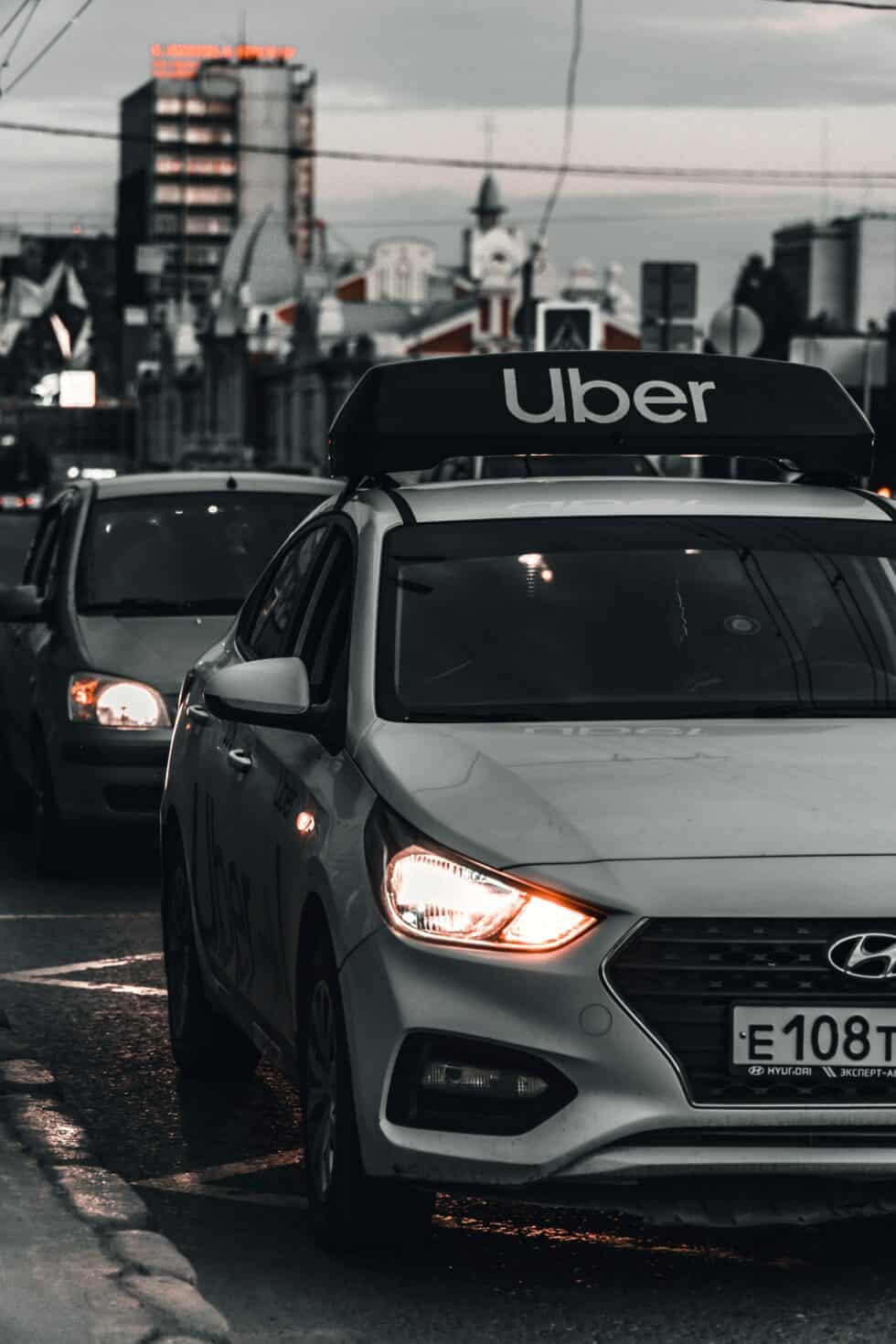
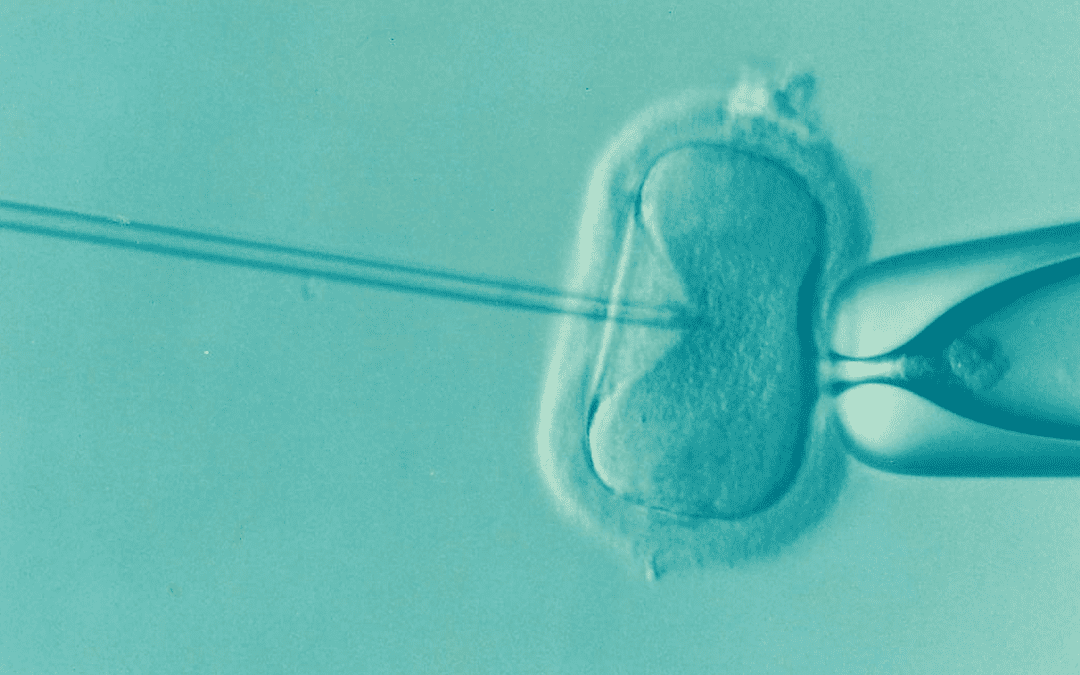
Daily News & Commentary
Start your day with our roundup of the latest labor developments. See all
August 31
Public approval of labor unions has reached a record high and Seattle’s independent contractors have new rights starting this Thursday. A Gallup poll released on Tuesday reports that 71% of Americans support labor unions—the highest approval rating since 1965. The trend toward union support started with the onset of the COVID-19 pandemic.
August 30
The National Labor Relations Board reaffirms prior precedent regarding union insignia at work; AB257 passes the California State Senate; and American University reaches labor deal with striking workers. In a 3-2 decision, the NLRB issued its ruling in Tesla, Inc. on Monday, holding that employer rules banning union insignia are presumptively unlawful absent special circumstances.
August 29
Employers push for an autumn return to the office, and staffing shortages continue to plague the airline industry. As Labor Day approaches, employers are once again pushing for a return to the office. “A number of companies, including Apple, Capital One, Comcast and The New York Times Company, are setting fresh guidelines around returning to the office for September,” the New York Times reported.
August 28
Workers at a Chipotle in Lansing, Michigan became the first to organize one of the chain’s 3,000 locations; U.S. Senator Bob Casey urged the Department of Labor to take action on the use of workplace surveillance technology, including by Amazon; and the U.S. Court of Appeals for the D.C. Circuit said the NLRB must reconsider a ruling over discrimination between unions.
August 26
Teamsters reaches a historic settlement with Universal Intermodal; the Sixth Circuit stays an NLRB injunction ordering reinstatement of the Starbucks “Memphis Seven”; and California considers a bill that would require large employers to submit pay data reports based on sex, ethnicity, and race. Shipping company Universal Intermodal reached a historic settlement with the Teamsters: the company will reclassify its Southern California drayage drivers as employees; will re-open a closed facility in Compton; and will reinstate, with backpay, around 66 workers who were terminated during a unionization effort with the Teamsters.
August 25
The Biden administration released the final version of regulations intended to protect the Deferred Action for Childhood Arrivals (DACA) program against legal challenges on Wednesday. DACA, which originated with a 2012 memo by the Obama administration, offers protection from deportation and the ability to work legally to some 600,000 undocumented young people who came to the US as children. The Biden regulation replaces the Obama-era memo and takes effect Oct. 31. Bloomberg explains that the new regulation comes in repose to legal challenges that have plagued DACA since inception. The final regulation maintains existing criteria for DACA status and the process for seeking work authorization. It will only apply only to DACA renewal requests, not to new applications, because a federal court order barring DHS from granting new requests for status remains in place.